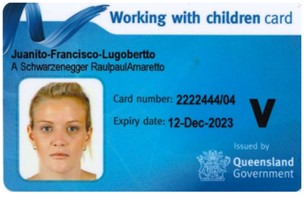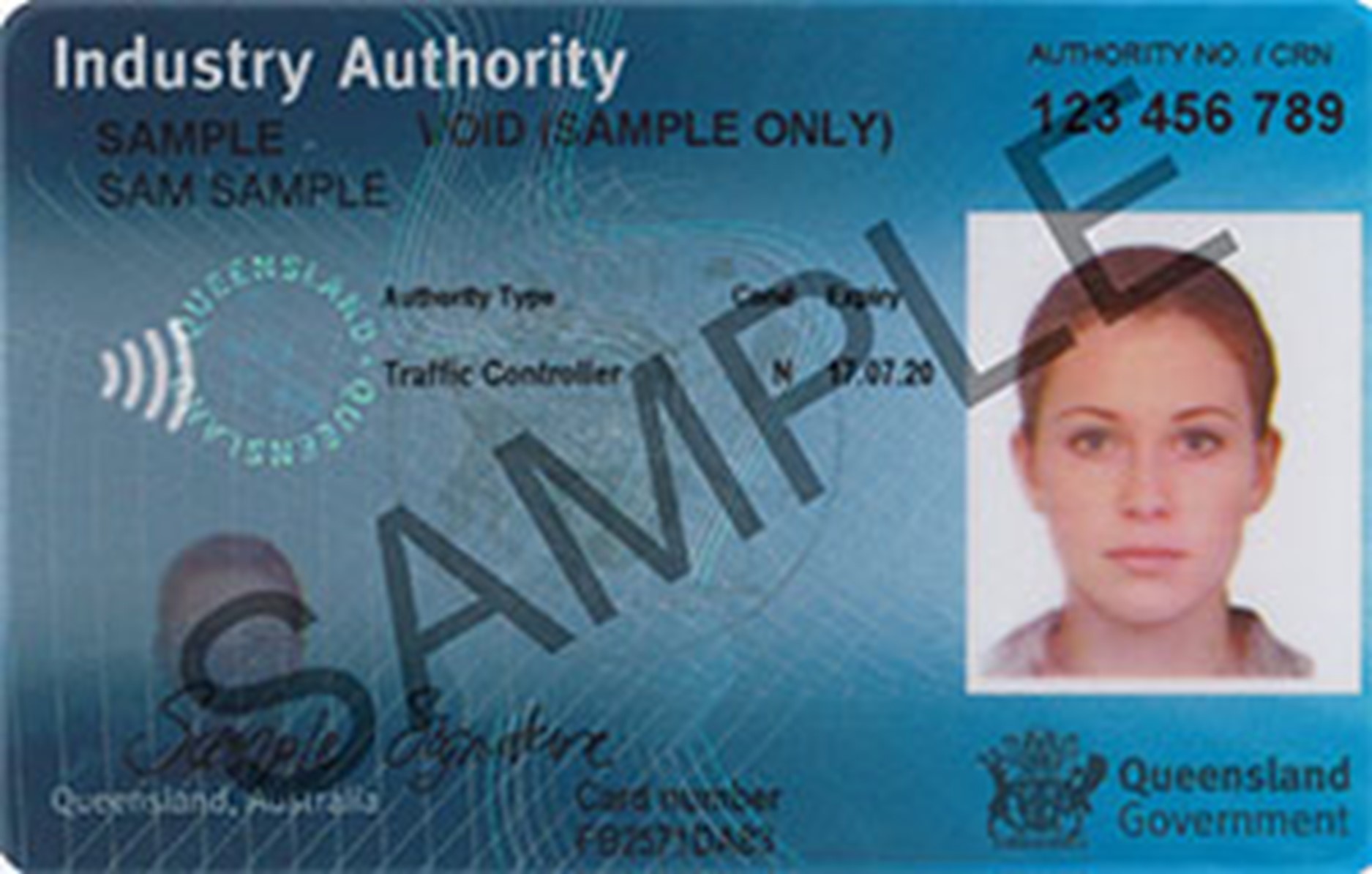Driving schools—learning to drive
Driving schools provide training for learner and already licensed drivers to learn the skills they need to be safe and competent drivers. When choosing a driving school, it’s important to make a well-informed decision.


Accreditation and insurance
Driving schools must complete approved training courses from registered training organisations, have an appropriate driver licence and history, and hold a blue card for working with children. You can ask a driver trainer to see their ‘Industry Authority card’, which shows they’ve met all the requirements.
Learn more about the requirements for becoming an accredited driver trainer.
The level of insurance that a driving school has can vary a lot. Check with them if you want to find out about the insurance they have.
Choosing a driving school
Safety
- Learner drivers can be nervous. Look for a driver trainer that is experienced, patient and supportive.
- Make sure the training vehicle is fitted with dual controls as this is required by law.
- Check the safety rating of the trainer’s vehicle and look for a vehicle that is less than 6 years old.
- Ask the driving school how often their vehicles are maintained.
Tracking student progress
Ask about how the trainer will share student progress. A good driving school will provide students and parents with updates and feedback on how a student driver is progressing and the areas they need to focus on.
Vehicle and lesson options
Make sure the driving school has the right type and size of vehicle. Smaller vehicles can be easier to learn in. Students may need to learn in a manual vehicle, an automatic, or both.
The ideal lesson length is 1–2 hours. A shorter lesson can be ineffective and any longer can be too tiring.
A good driving school will provide a program that covers more than the technical skills required to pass the practical driving test. Make sure the school encourages safe driving attitudes and teaches the importance of risk avoidance.
For an already licensed driver, make sure the trainer can focus on the areas of driving you want to improve.
Note: Students with an interlock (I) condition on their licence are allowed to drive a vehicle without an interlock fitted when they are:
- receiving driver training with an accredited driving school in a vehicle provided by the school
- taking a practical driving test.
Pricing and reviews
The government doesn't control driving lesson prices. Each driving school can set its own prices, so they may vary a lot.
When choosing a driving school, don't just focus on the cost and their student pass rates. Driving lessons should teach important skills for being a safe and confident driver, not just how to pass the test.
Do your research to check ratings and reviews and find out what other students and parents say.
Learner logbook hours
Every hour of your daytime driving with an accredited trainer counts for 3 hours in your logbook—up to a maximum of 10 actual hours or 30 logbook hours.
Any hours with a trainer after the 10 actual hours must be recorded in your logbook in real time.


